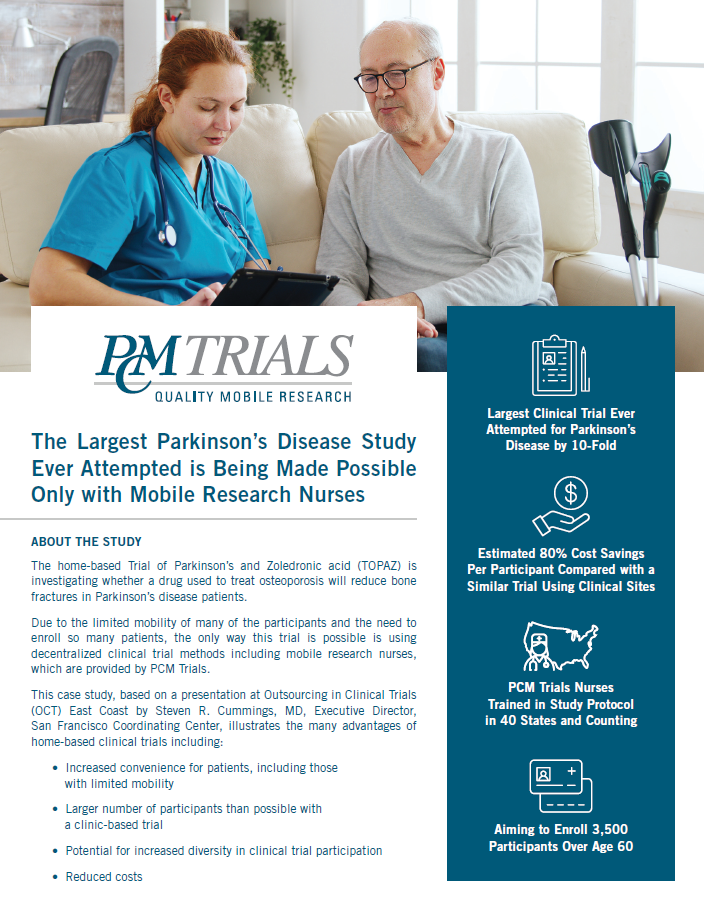
The study of lifetime exposures, also known as the “exposome”, is providing a new perspective on how environmental and social factors affect disease pathways and general wellbeing, and could influence the way pharma researches drugs.
The Centers for Disease Control and Prevention (CDC) define the exposome as “the measure of all the exposures of an individual in a lifetime and how those exposures relate to health”. Amidst a global spotlight on climate change, research into the exposome has exploded in recent years, becoming more relevant than ever.

US Tariffs are shifting - will you react or anticipate?
Don’t let policy changes catch you off guard. Stay proactive with real-time data and expert analysis.
By GlobalDataIn 2020, the EU launched the European Human Exposome Network (EHEN) to tackle issues relating to the environment and health. EHEN has nine large-scale projects that are being executed by 126 research groups across 24 countries. The initiative has received €106 million ($105.5 million) from the European Commission to achieve the goal of understanding the impact of environmental and social exposures on health.
A deeper understanding of the exposome could particularly help research for atopic diseases and allergies. The ultimate goal of exposome research is to identify genetic and environmental risk factors, how they come together to form the overall risk for a disease, its prognosis, and a patient’s need for and susceptibility to different treatments, says Dr. Marc Rothenberg, from the Cincinnati Children’s Hospital. As that happens, “[We] can intervene with different drugs and influence the natural history of the disease.”
This week, scientists at the 34th Annual Conference of the International Society for Environmental Epidemiology (ISEE 2022) will explore the wide scope of research into the exposome and its possible applications in health science. Dr. Sylvain Sebert, the project coordinator for Longitools, one of the EHEN projects, describes its purpose as “using exposomal research to understand the relationship between environmental factors, especially pollution and other toxic factors, and the risk of cardiovascular and cardiometabolic diseases through the life course.”
Mapping the exposome
In 2005, the cancer epidemiologist Dr. Christopher Wild first coined the term exposome, which has since become a blossoming field of research. Following the example of the Human Genome Project, exposomic research aims to map all the exposures that affect the human body throughout life to improve health outcomes. Research into the exposome also aims to understand the effects of environmental exposures to mitigate the effects of climate change on human health. A wide range of tools ranging from bioinformatics programs to systems biology approaches are being used to map the full extent of the exposome.
Dr. Robert Barouki, a biochemist and molecular biologist, leads Inserm unit 1124, a research unit that investigates environmental toxicity, therapeutic targets, cellular signaling, and biomarkers. Barouki’s research involves using an AI-based tool to find chemical exposures associated with diabetes and linking them to significant events and adverse outcome pathways (AOPs). “This is mostly done by text mining the [adverse outcome] pathway. The tool develops a framework that links a molecular event to cellular events and adverse outcomes to identify meaningful associations.”
Another one of Barouki’s studies investigated the persistent chemicals associated with metastases in breast cancer. In this study, adipocyte cells taken from the tumours of over 100 women were assayed, and after chemical analysis, the researchers were able to determine that the chemical dioxin, a byproduct of many manufacturing processes, had a correlation with an increase in tumour size. Further in vitro study concluded that dioxin increased the incidence of breast cancer tumour metastases, by inducing the expression of a cancer stem cell marker.
The EHEN project REMEDIA focuses on how exposures affect cystic fibrosis (CF) and chronic obstructive pulmonary disease (COPD). REMEDIA’s project coordinator Sophie Lanone, PhD, explains that common environmental risk factors (e.g., cigarette smoking) can have variable effects on the phenotypes of CF and COPD. To understand this variability, REMEDIA is conducting epidemiological and experimental studies. On the epidemiological side, “we are studying the effect of these factors on COPD development in five cohorts of patients, and we have access to the French CF registry,” says Lanone, who is also on the GEIC20, an interdisciplinary team at Mondor Biomedical Research Institute, Créteil, France. On the experimental side, the researchers are exposing mice to different factors like air pollution, stress, and physical activity.
A deeper understanding of disease pathways opens a door for the development of new drugs and treatment algorithms. By understanding the exposome, Barouki says, “you understand better how a chemical works, which proteins are involved, and which negative pathways are activated… meaning that maybe you can look at this pathway to develop a medicine.”
Within the field of atopic disease and allergy, researchers have been focused on incorporating new exposomic knowledge into precision medicine approaches. “Atopic disease is a complex trait, which means that there are genes and environmental factors that interact to elicit different responses in certain individuals,” said Rothenberg. “The ultimate goal is to identify genetic and environmental risk factors, and how they come together to form an overall risk for disease, which can influence the prognosis, and a patient’s susceptibility and their need for different treatments,” he adds.
Rothenberg predicts that understanding “omics” such as the exposome could become critical for the future of precision medicine. The penetration of phenotype is going to be paramount going forwards for not only precision medicine in terms of targeting specific pathways, but also for personalized responses to drugs and variability, he says.
Climate change and health inequalities
In addition to drug development, exposomic research can have wider implications for human health. One such area involving environmental factors is weather changes and air pollution. PM2.5 refers to particulate matter that is 2.5 microns in size, and is linked to the disease pathology of asthma, COPD, coronary heart disease, stroke, lung cancer, and more. These particles are small enough to pass through the lungs into the bloodstream and organs and tend to be emitted during activities like domestic heating and power generation. There have been large government efforts to reduce the quantity of PM2.5 particles in the air.
Dr. Tesfaye Mersha, professor of pediatrics at Cincinnati Children’s Hospital Medical Center, says it is difficult to map these particles and other aspects of the exposome. “The problem is that the technology to map the exposome is not that mature, and measurement is very limited in some ways.” However, he maintains that it was important to overcome this issue when mapping environmental exposures, saying, “We need to consider it in our disease control prevention strategies, including precision medicine.”
Moreover, Sebert describes the significance of such data, saying “It is important to look at how environmental inequality relates to health inequality.” Longitools is leading epidemiological studies and aims to develop new monitoring and prediction methods and aid the planning of new EU health and environmental policies, among other things, Sebert says.
Handling large amounts of data
Despite the potential significance, the scale of exposomic data slows the process of it being widely used in the development of new drugs and the implementation of new policies.
Of the wide range of chemical exposures that are present, scientists only have a small understanding of 10,000 or 20,000 chemical exposures, says Barouki. “[The] great challenge of the exposome is that it’s too wide and we will not be able to know everything, but we should not expect to assay and map everything; we should try to do as much as we can,” he says.
Despite the large task ahead of mapping the exposome, researchers are optimistic about the possible impact such knowledge could have. In reference to the exposome, Sebert adds: “I’m most optimistic that this brings better opportunity to increase and understand health in more empirical ways. The knowledge is improving, so there’s no reason why the treatment can’t improve as well.”




